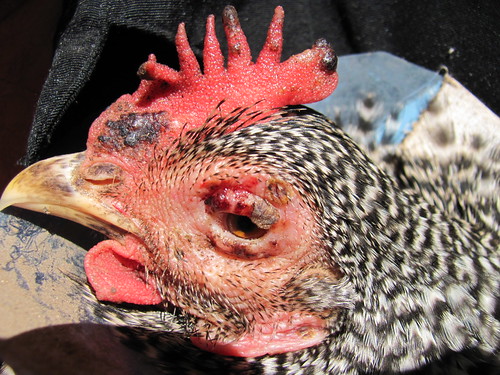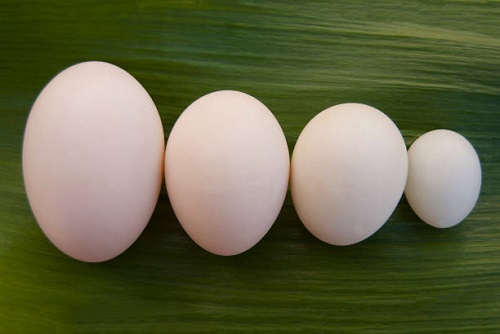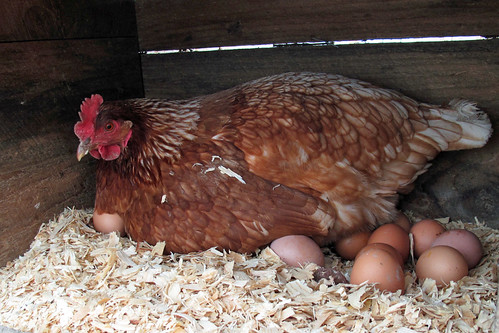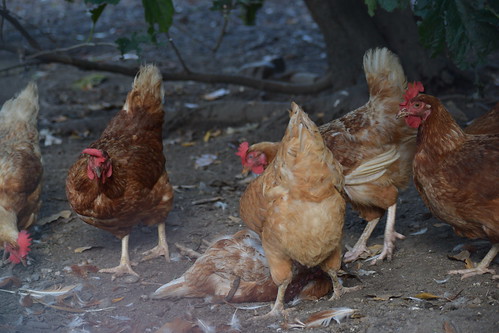Fowl pox is a common disease in domestic birds such as chickens or turkeys, but the truth is that it can affect other species. Although the animal may generally recover, the most serious cases become fatal. Hence, the importance of knowing, identifying and preventing fowl pox. In this article, you will learn about the signs, treatments and prevention of this avian disease.
Signs of Fowl Pox in Chickens and Turkeys
Avian or fowl pox is a viral disease that affects the skin and the respiratory tract, and being one of the most common diseases in chickens and turkeys. The cause is the Variola avium virus, belonging to the Poxviridae family, highly resistant to environmental conditions. It is capable of surviving in the environment for several months, especially at low temperatures. The incubation period for fowl pox ranges from 1 to 10 days and can be spread by direct contact or by any contaminated object.
Affected birds can pass the disease without noticing any symptoms. However, when there are clinical signs such as the appearance of whitish, blister-like lesions, especially located on the comb, wattle, or in more serious cases, legs or even the rest of the body. These blisters, with the passage of time, end up becoming crusts that take about three weeks to heal and fall. They can leave a scar. Comb, face, eyes, or featherless parts can swell as part of fowl pox symptoms in chickens and any other birds.
In some birds, virus lesions affect the mouth and throat, with ocular and nasal secretions and respiratory problems that can be so severe as to kill the animal. These are the two possible manifestations of the disease, being the second most dangerous. They can appear simultaneously or independently.
Fowl pox occurs at any time in the bird’s life, but is most common between three and five months. Other symptoms of fowl pox are lethargy, loss of appetite, weight loss, diarrhea, slow growth, and reduced egg production.
In acute cases, the disease may spread through the flock in two or three weeks, while in the chronic form, it may take several months. Fowl pox is much more common and serious with chickens than with turkeys.
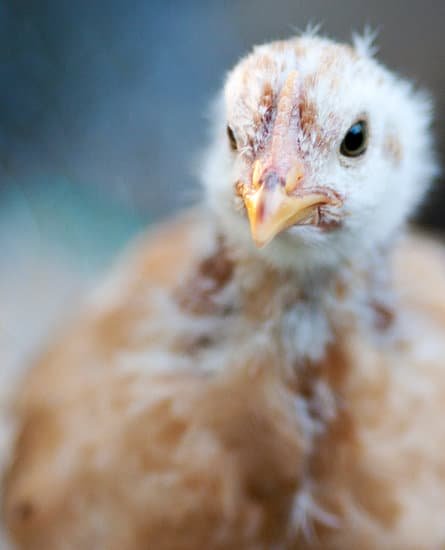
Treatment or Cure for Fowl Pox
The diagnosis of fowl pox is carried out by observing the clinical test results and can be confirmed by detecting the virus in a sample taken from the lesions. If the bird lives with others it is best to separate it from others in the flock, since it is a very contagious disease. The environment should also be cleaned thoroughly.
Among the fowl pox drugs, the veterinarian can prescribe disinfectants for skin lesions, which can be applied directly and in the drinking water. Vitamins such as Vitamin A may also be administered and will improve the condition of the skin. Secretions can be cleaned with saline solution.
Since it is a virus, in principle, antibiotics against fowl pox would not be necessary, but its presence implies damage that will favor the proliferation of bacteria, which complicates the symptoms and, therefore, antibiotics are recommended according to veterinary standards. Antifungals can also be considered for the same reason. Fowl pox is cured but the recovered birds will remain as carriers, so precautions must be taken if at any time we want to introduce a new bird at home.
Fowl Pox Vaccine
There is a vaccine for fowl pox that is applied by puncturing the wing web and the vaccine can help prevent the disease. The veterinarian will be able to inform you about the administration regimen that best suits your case. It is also helpful to keep birds in good health condition, in a suitable environment and well-fed. With all this, it is more likely that the bird’s immune system is stronger and can prevent or minimize the risk of the disease.
On the other hand, the distribution of the fowlpox virus has been associated with the presence of mosquitoes and parasites that feed on blood. Therefore, to prevent the disease, the population of these animals must also be controlled, as far as possible.
How to Administer Fowl Pox Vaccine?
The fowl pox vaccine is applied using two sewing machine needles fastened ¼ of an inch apart in a small handle about 3 inches long. The vaccination is made by dipping the needles in the vaccine and then puncturing the wing web. This breaks the skin and introduces the vaccine. Care should be taken to find a place free of feathers. Also, large blood vessels should be avoided.
Home Treatment for Fowl Pox
As in any disease, we must always follow the veterinarian’s instructions first, but we can point out some herbs that will help improve the immune status of the bird so that it can better cope with this disease. The following herbs and substances are recommended for chickens, so it will be necessary to consult with the specialist about their application in other birds. The most effective home remedies for fowl pox are as follows:
- Astragalus: It stimulates the immune system. It is antibacterial, antiviral, and anti-inflammatory.
- Thyme: It helps the respiratory system and relieves infections.
- Oregano: It is a natural antibiotic and also favors the respiratory tract.
- Garlic: It is a stimulant of the immune system and antibacterial. It also has an anticoagulant effect, so there is no need to exceed the dose. It can occur once or twice a week.
- Echinacea: It is another stimulant of the immune system. It is also beneficial for the respiratory system and works against fungi and bacteria.
- Seaweed: It is capable of stimulating the immune system.
- Fish meal: It improves the appearance of the skin.
Herbs can be offered dry, fresh or as an infusion. As for wound treatment, coconut oil can be used, which has antibacterial properties and calms the discomfort of the damaged skin, maintaining hydration. Honey is another natural product with beneficial effects on wounds.
Can Fowl Pox Spread to Humans?
Although poxvirus also includes the one that causes smallpox in humans, there is no evidence to show that poxvirus can infect people. Therefore, we must direct precautions to avoid transmission between birds.
